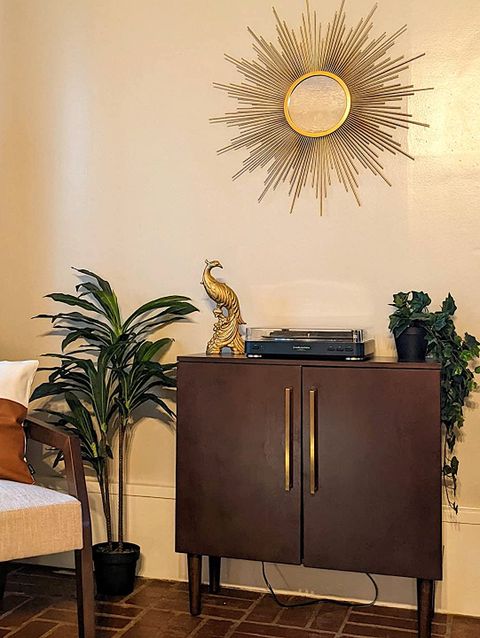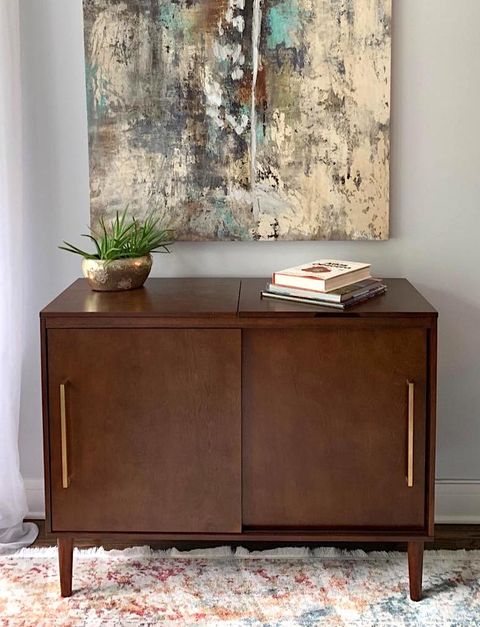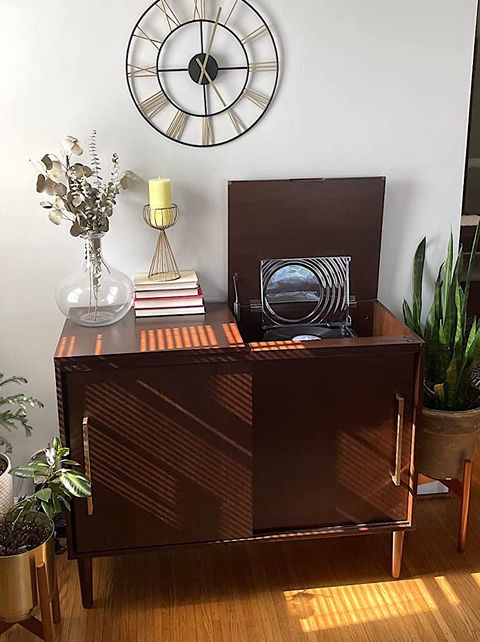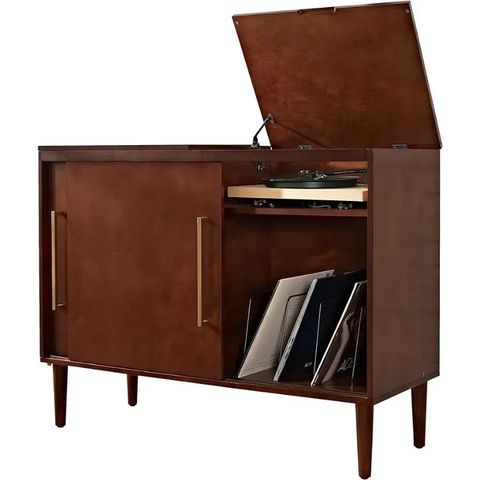Everett media consoles aren’t just pretty faces on your wall. They’re the result of thousands of hours of planning, precision engineering, and careful craftsmanship. What happens behind the scenes when your favorite entertainment center comes to life? Let’s take a peek.
You’ve probably seen them everywhere – those modern entertainment centers that perfectly blend form and function. But have you ever wondered how they actually get made? The journey from a simple sketch to the polished console sitting in your living room involves countless steps, each one carefully planned and executed. This isn’t just about putting together pieces; it’s about creating something that will be part of your daily life for years to come. Every angle, every finish, every component has been thought out by people who understand what makes a good entertainment center work.
Design and Planning Phase
The first step in creating any media console starts with a vision. Designers sit down with clients or internal teams to figure out exactly what’s needed. They think about size constraints, materials, colors, and functionality. For Everett consoles, this means considering everything from how many devices will fit to what kind of cable management is required. It’s not just about looking good – it’s about solving real problems. Designers often create multiple prototypes, testing different configurations until they find the perfect balance. Sometimes they’ll even create digital models that show how the final product might look before any physical work begins. These early sketches and 3D renderings become blueprints for the entire production team.
Material Selection Process
What goes into your console matters more than you might think. Everett uses a variety of materials, each chosen for specific reasons. Wood might be selected for its warmth and natural beauty, while metal offers strength and durability. Some models use engineered wood that’s more consistent than solid timber. The company also considers sustainability, choosing materials that are responsibly sourced. Quality control starts right here – they test samples for strength, appearance, and resistance to wear. For example, if a console will be placed in a high-traffic area, they’ll select materials that can handle daily use. The material selection process can take weeks, especially when they’re trying to match specific aesthetic requirements.
Manufacturing Begins
Once designs are finalized and materials are ready, the actual manufacturing starts. This phase is where the magic happens, though it’s more like skilled craftsmanship than anything else. Workers carefully cut pieces according to precise measurements, often using computer-controlled machines for accuracy. Some parts require hand-finishing, especially when dealing with wood or unique textures. The assembly line isn’t just about putting things together – it’s about ensuring each connection is strong and each piece fits perfectly. Quality checks happen regularly throughout the process. If something doesn’t meet standards, it gets corrected or discarded rather than moving forward. The workers here know their job inside and out, and they take pride in making sure each console meets the company’s exacting standards.
Quality Control and Testing
No matter how good the manufacturing process is, something has to verify everything works properly. Quality control teams check each console thoroughly before it leaves the factory. They test stability, examine finishes for defects, and ensure all hardware functions correctly. Some consoles go through stress tests to see how they hold up under pressure. This includes checking that shelves can support weight, that doors close properly, and that electronic components aren’t damaged during transport. For electronics integration, they test connectivity and functionality. It’s surprising how many small details get checked – from the alignment of panels to the smoothness of drawer slides. These checks might seem tedious, but they’re essential for customer satisfaction.
Finishing Touches
The final stages involve adding the finishing touches that make a console truly special. This includes applying protective coatings, adding decorative elements, and ensuring all surfaces are smooth and even. Some consoles get special treatments like wood staining or metallic accents. Hardware such as handles, hinges, and mounting brackets are installed with care. The team pays attention to details that most people won’t notice – like ensuring all screws are flush or that paint is applied evenly across all surfaces. Some consoles even get custom finishes based on specific client requests. The final appearance must match the design specifications exactly, which requires both technical skill and artistic eye.
Packaging and Shipping
Getting your console home safely is just as important as making it well. Packaging is designed to protect against damage during shipping, which can involve multiple layers of cushioning and specially designed boxes. Everett often uses recyclable materials, reflecting their commitment to environmental responsibility. Each console gets carefully wrapped and labeled with handling instructions. The shipping process includes tracking information so customers know exactly where their purchase is. For larger items, delivery teams might need to coordinate special arrangements for placement in the home. This final step ensures that what arrives at your door is exactly what was promised, minus any damage that could occur during transit.
The story of your media console extends far beyond what you see on store shelves. Every piece has been carefully considered, constructed, and refined to make sure it meets both functional needs and aesthetic desires. From the initial design concept to the final delivery, dozens of people contribute their skills and knowledge. Understanding this process helps appreciate not just the product itself, but also the craft and dedication that goes into creating something that becomes part of your daily life. Next time you admire your console, remember the countless hands and minds that helped bring it to life. The next time you see one in a showroom, you’ll know there’s a whole world of planning and precision behind that beautiful piece.




















